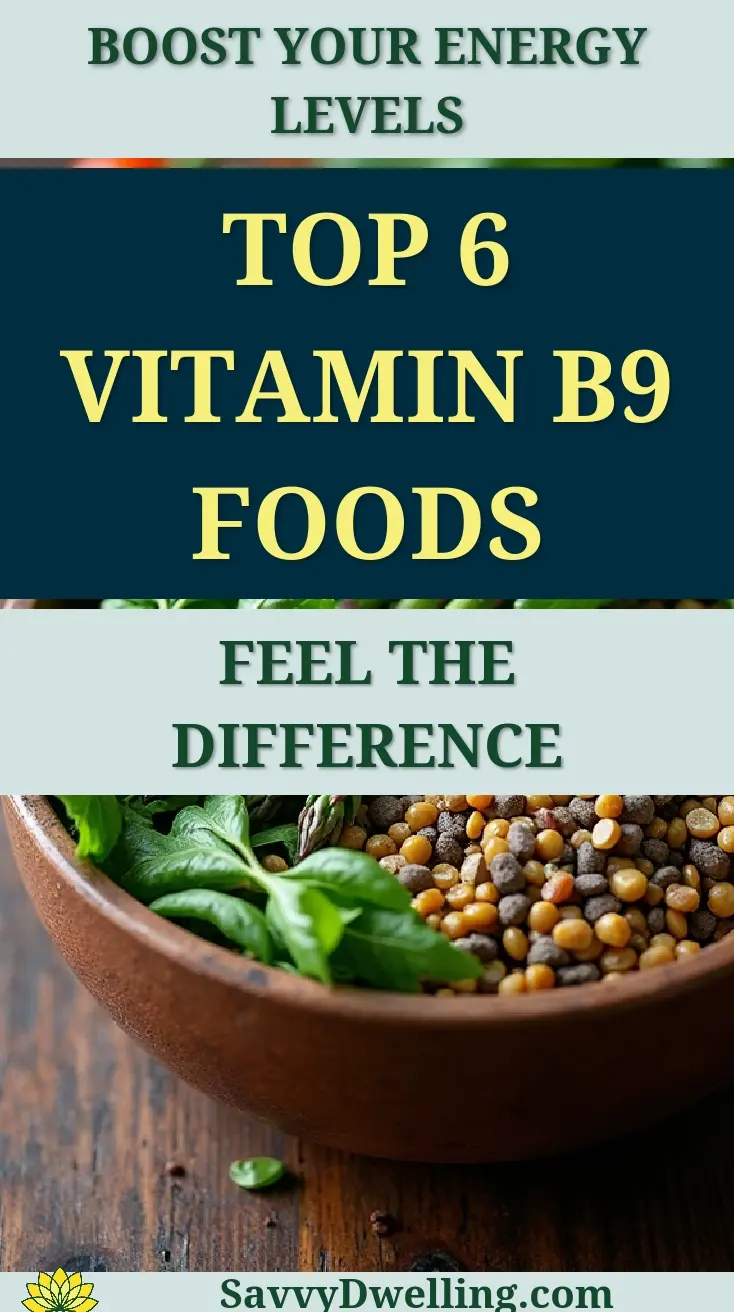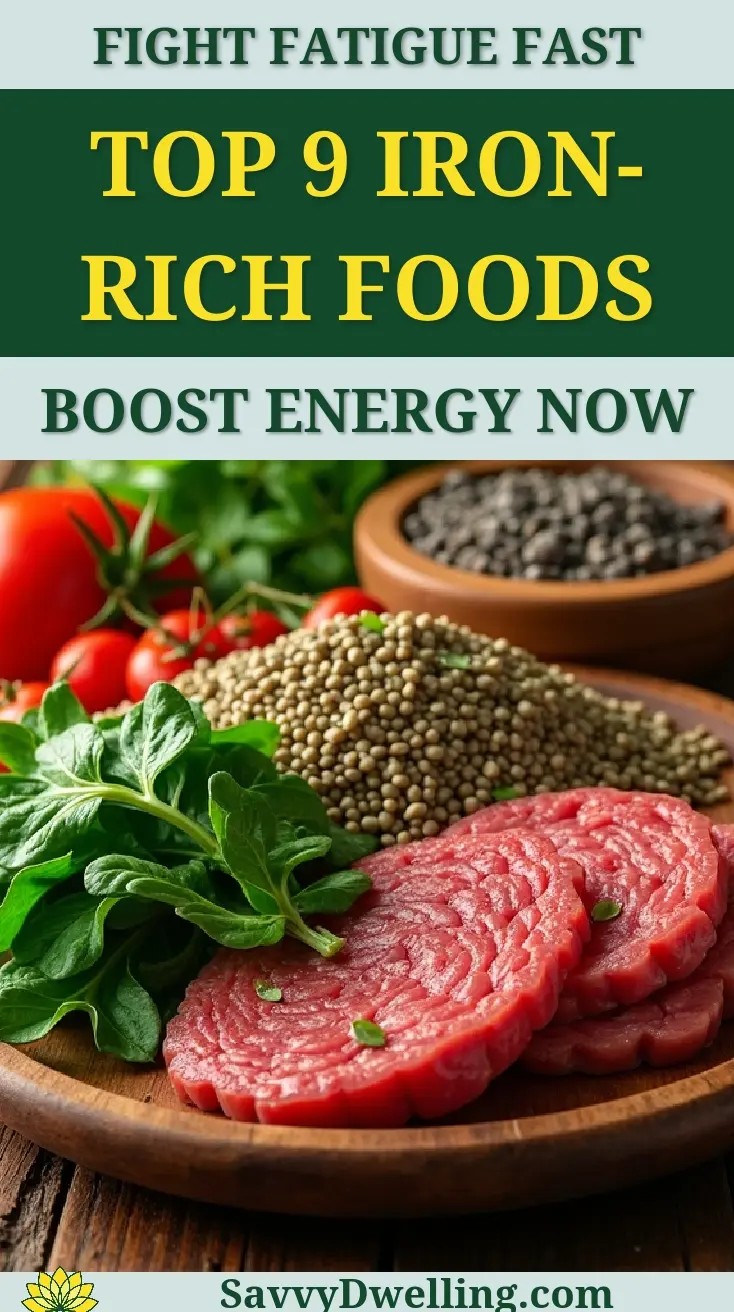The Surprising Benefits Of Quinoa (and How to Cook It)
Tired of bland rice and pasta that leave you feeling sluggish an hour later? You’re not alone in searching for nutritious alternatives that actually taste good and keep you satisfied. Many people struggle to find grains that support their energy levels while fitting into their busy cooking routines.
We’ve spent years researching and testing quinoa preparation methods to bring you the most effective cooking techniques and science-backed health benefits. This guide transforms quinoa from a confusing superfood buzzword into practical, daily nutrition that enhances your meals and supports your wellness goals. You’ll learn foolproof cooking methods that deliver fluffy, flavorful results every single time.
Contents
- At a Glance: The Best Quinoa Solutions
- 1. Complete Protein Power: The Muscle-building Advantage
- 2. Fiber Champion: Supporting Your Digestive Wellness
- 3. Naturally Gluten-free: The Safe Alternative for Sensitive Stomachs
- 4. Heart Health Hero: Supporting Cardiovascular Wellness
- 5. Weight Management Support: The Satisfying Superfood
- 6. Perfect Stovetop Quinoa: The Foolproof Method
- 7. Time-saving Cooking Methods: Rice Cooker, Instant Pot, and Microwave
- The Science Made Simple: Why Quinoa is Nutritionally Superior
- Common Mistakes to Avoid When Cooking Quinoa
- Frequently Asked Questions
- Your Next Steps to Quinoa Success
At a Glance: The Best Quinoa Solutions
If you’ve been wondering how to harness the surprising benefits of quinoa in your daily routine, this quick reference table cuts through the confusion. These solutions address the most common needs people have when exploring quinoa health benefits.
| Need | Best Solution | Time Required | Key Benefit |
|---|---|---|---|
| Complete Protein | 1 cup cooked quinoa daily | 15-20 minutes | 8g complete protein per cup |
| Gluten-Free Alternative | Replace rice/pasta with quinoa | Same cooking time | 100% naturally gluten-free |
| Heart Health Support | Regular quinoa consumption | Weekly meal prep | High fiber + antioxidants |
| Perfect Fluffy Texture | 2:1 water ratio + rinse first | 15 minutes | Light, fluffy grains |
This table shows you exactly what quinoa can do for your specific health goals. Whether you’re seeking complete protein, managing gluten sensitivity, or simply want perfectly cooked grains every time, these solutions deliver measurable results.
The beauty of quinoa nutritional benefits lies in their versatility. You can target multiple health advantages with one simple grain swap in your weekly meal rotation.
1. Complete Protein Power: The Muscle-building Advantage
Why Quinoa’s Protein is Different
Most plant-based foods lack one or more essential amino acids, but quinoa contains all nine essential amino acids your body can’t produce on its own. This makes it a complete protein, putting it in the same category as meat, eggs, and dairy. Including quinoa in your diet can help you obtain high-quality protein without relying on animal sources. It is one of the best plant-based sources of protein, making it a great choice for those looking to enhance their plant-based meals.
The protein structure in quinoa is particularly impressive because it contains high levels of lysine, an amino acid typically scarce in grains. Your muscles need lysine for proper repair and growth, which is why quinoa health benefits extend beyond basic nutrition into serious muscle support.
How Much Protein You’re Actually Getting
One cup of cooked quinoa delivers about 8 grams of complete protein, which rivals the protein content of milk. That’s roughly 15% of your daily protein needs in just one serving.
To put this in perspective, you’d need to eat nearly two cups of brown rice to get the same amount of protein. The nutritional benefits of quinoa become even more apparent when you consider that this protein comes with fiber, minerals, and antioxidants that refined proteins lack.
Best Ways to Maximize Protein Absorption
Your body absorbs quinoa’s protein more effectively when paired with vitamin C-rich foods. Try adding bell peppers, tomatoes, or citrus to your quinoa dishes to boost protein uptake.
Combining quinoa with healthy fats like avocado or olive oil also enhances absorption of fat-soluble vitamins. The beauty of this superfood nutrition quinoa provides is that it works synergistically with other whole foods to maximize your nutritional gains.
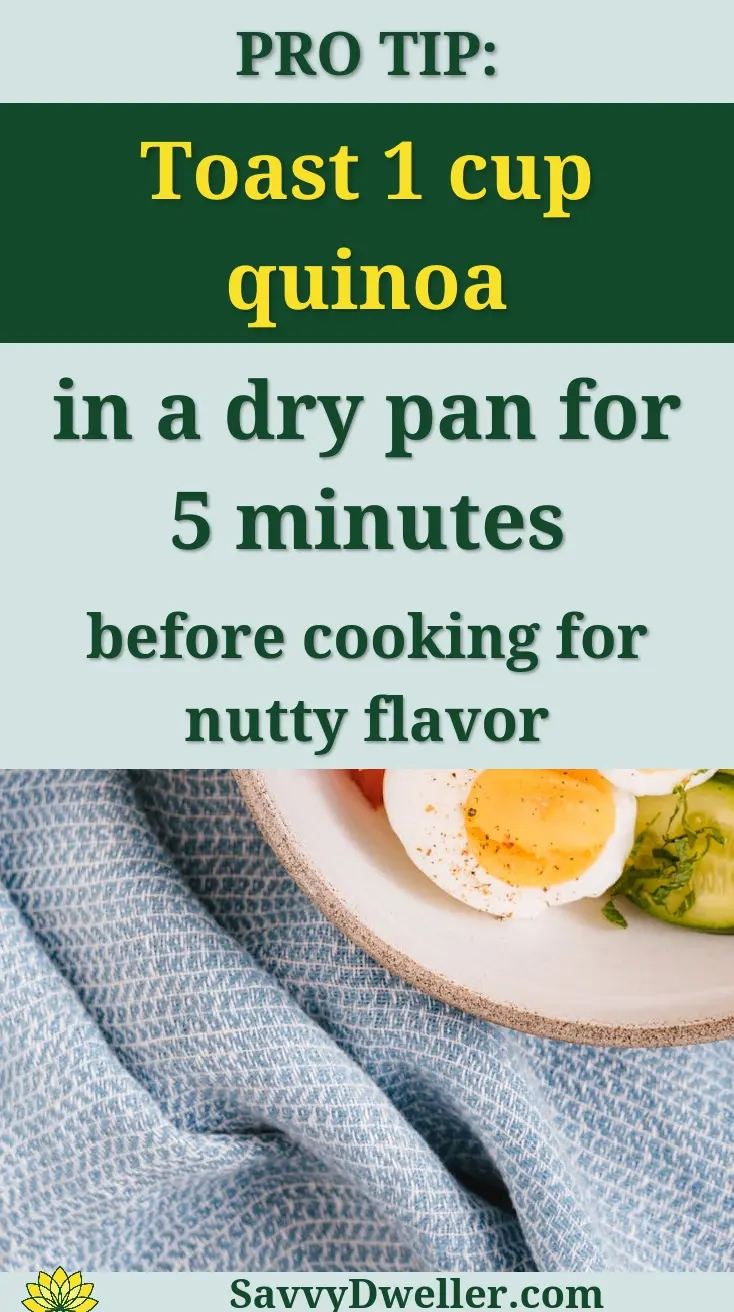
2. Fiber Champion: Supporting Your Digestive Wellness
The Fiber Content That Beats Most Grains
One cup of cooked quinoa contains 5.2 grams of fiber, which is double what you’ll find in the same amount of white rice. This fiber content covers about 20% of your daily fiber needs in a single serving.
The fiber in quinoa is a mix of soluble and insoluble types, giving you the benefits of both. Soluble fiber helps stabilize blood sugar, while insoluble fiber keeps your digestive system moving smoothly. These different types of fiber play unique roles in health and digestion. Soluble fiber dissolves in water, forming a gel-like substance, while insoluble fiber adds bulk and aids in the passage of food through the digestive tract.
How Quinoa Fiber Aids Digestive Health
The quinoa health benefits for your digestive system go beyond just adding bulk to your diet. The prebiotic properties in quinoa fiber feed beneficial gut bacteria, supporting a healthier microbiome.
This means regular quinoa consumption may help reduce bloating, improve regularity, and even support immune function since about 70% of your immune system lives in your gut.
Combining Quinoa With Other Fiber-rich Foods
Pairing quinoa with vegetables creates a fiber powerhouse that supports digestive wellness without causing discomfort. Including fiber-rich foods is essential for maintaining good gut health. Start with smaller portions and gradually increase to avoid digestive upset.
Try mixing quinoa with roasted vegetables, adding it to soups with beans and leafy greens, or creating grain bowls with high-fiber toppings. The key is building up your fiber intake gradually while staying well-hydrated.
Also See: 6 Best Foods to Help Women Lose Belly Fat
3. Naturally Gluten-free: The Safe Alternative for Sensitive Stomachs
Understanding Quinoa’s Gluten-free Nature
Unlike wheat, barley, and rye, quinoa is naturally 100% gluten-free because it’s technically a seed, not a grain. This makes quinoa benefits accessible to people with celiac disease, gluten sensitivity, or those simply avoiding gluten.
The protein in quinoa (called quinosin) is completely different from gluten proteins, so it won’t trigger the inflammatory response that gluten does in sensitive individuals.
Cross-contamination Prevention Tips
Even though quinoa is naturally gluten-free, cross-contamination during processing can be a concern. Always look for certified gluten-free labels if you have celiac disease or severe gluten sensitivity.
Store your quinoa in airtight containers away from gluten-containing grains, and use dedicated cooking utensils and cutting boards if your kitchen handles both gluten-free and regular foods.
Best Gluten-free Quinoa Substitutions
Replace pasta with cooked quinoa in cold salads for a protein boost, or use quinoa instead of breadcrumbs in meatballs and coatings. Quinoa flour works well as a partial substitute for wheat flour in baking, though it’s best used for up to 25% of the total flour content.
For those wondering how to eat quinoa as a rice substitute, simply cook it the same way and use it in stir-fries, stuffed vegetables, or as a side dish. The nutty flavor and slightly chewy texture make quinoa a satisfying alternative that actually adds more nutrition than the foods it replaces.
4. Heart Health Hero: Supporting Cardiovascular Wellness
Antioxidants and Heart-healthy Compounds
Quinoa packs a powerful punch of antioxidants that your heart will thank you for. This superfood contains quercetin and kaempferol, two flavonoids that research shows can help protect your cardiovascular system from oxidative stress.
These compounds work like tiny shields in your bloodstream, neutralizing harmful free radicals that can damage blood vessels. The vitamin E in quinoa adds another layer of protection, working alongside these flavonoids to support overall heart wellness.
Unlike refined grains that offer minimal antioxidant protection, quinoa delivers these heart-supporting compounds in every single serving. You’re getting more antioxidant power in one cup of cooked quinoa than many people consume in an entire day from other grains.
How Quinoa May Aid Cholesterol Management
The soluble fiber in quinoa acts like a gentle broom in your digestive system, helping to sweep away cholesterol before your body absorbs it. Studies suggest that regular consumption of high-fiber foods like quinoa may support healthy cholesterol levels when combined with a balanced diet.
Quinoa’s unique combination of fiber and plant compounds creates a synergistic effect. The beta-glucan fiber specifically binds to cholesterol in your intestines, while the protein helps your body maintain healthy blood lipid profiles.
This isn’t about dramatic overnight changes – it’s about consistent, gentle support for your cardiovascular system. Adding quinoa to your regular meal rotation provides steady, ongoing nutritional support for heart health.
Incorporating Quinoa Into Heart-healthy Meals
Building heart-smart meals with quinoa becomes effortless once you know the right combinations. Pair quinoa with omega-3 rich foods like salmon or walnuts to amplify the cardiovascular benefits.
Try these heart-healthy quinoa combinations that maximize nutritional synergy:
- Quinoa salad with avocado, olive oil, and leafy greens
- Quinoa pilaf with roasted vegetables and herbs
- Quinoa breakfast bowl with berries and nuts
- Mediterranean quinoa with tomatoes, olives, and feta
The key is replacing refined grains in your current favorite recipes. Substitute quinoa for white rice in stir-fries or use it instead of pasta in cold salads to instantly boost the heart-healthy potential of any meal, especially when paired with potassium-rich ingredients.
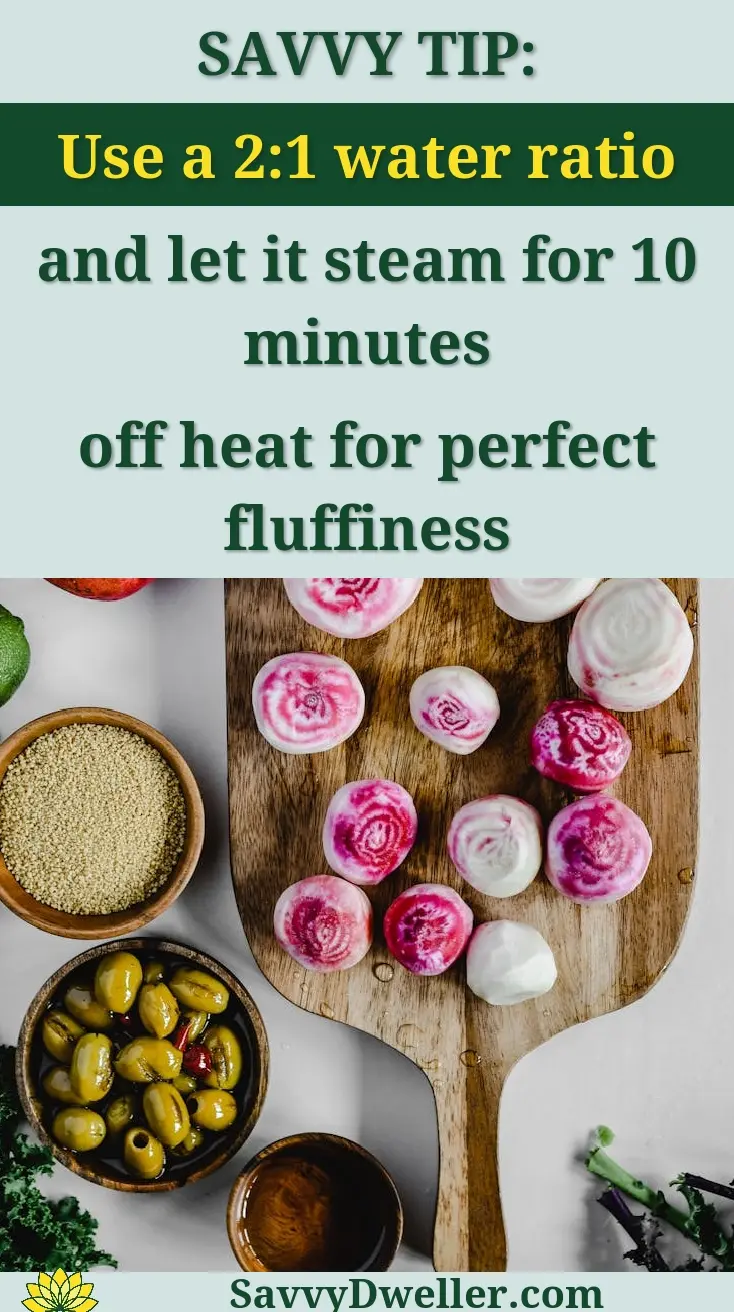
5. Weight Management Support: The Satisfying Superfood
How Quinoa Helps You Feel Fuller Longer
The secret to quinoa’s satisfying power lies in its unique trio of protein, fiber, and complex carbohydrates. This combination triggers multiple satiety signals in your body, helping you feel genuinely satisfied rather than just temporarily full.
Unlike simple carbohydrates that leave you hungry an hour later, quinoa’s complete protein stimulates the release of hormones that signal fullness to your brain. The fiber adds bulk and slows digestion, extending that satisfied feeling.
You’ll notice the difference immediately. A serving of quinoa-based meals tends to keep hunger at bay for 3-4 hours, compared to refined grain meals that may leave you reaching for snacks within 90 minutes.
Low Glycemic Index Benefits
Quinoa’s glycemic index of around 53 places it firmly in the low-to-moderate range, meaning it won’t spike your blood sugar like white rice or bread. This steady energy release helps prevent the energy crashes that often trigger cravings and overeating. Incorporating more low glycemic foods into meals can further support sustained energy throughout the day. Foods like legumes, sweet potatoes, and whole grains offer similar benefits, making them great choices for maintaining balanced energy levels.
When your blood sugar remains stable, your body doesn’t get confused hunger signals. You experience consistent energy levels throughout the day, making it easier to stick to reasonable portion sizes.
This glycemic advantage makes quinoa particularly valuable for weight management goals. Foods with lower glycemic impact help your body burn fat more efficiently while maintaining steady energy levels.
Smart Portion Sizes for Weight Goals
The beauty of quinoa lies in its nutrient density – a little goes a long way toward meeting your nutritional needs. A half-cup of cooked quinoa provides substantial protein and fiber while keeping calories reasonable at around 110 calories.
For weight management, aim for these quinoa portion guidelines:
- Breakfast: 1/3 cup cooked quinoa mixed with other ingredients
- Lunch or dinner side: 1/2 cup cooked quinoa
- Main dish base: 3/4 cup cooked quinoa with vegetables and protein
- Snack portions: 1/4 cup cooked quinoa in energy balls or salads
These portions provide satisfying nutrition without excessive calories, supporting your weight goals while ensuring you get quinoa’s full spectrum of benefits.
6. Perfect Stovetop Quinoa: The Foolproof Method
Essential Pre-cooking Steps
Why Rinsing Quinoa Matters
Quinoa comes with a natural coating called saponin that protects the seeds from insects and birds. While harmless, this coating tastes bitter and soapy, turning perfectly good quinoa into an unpalatable mess.
Skipping the rinse step is the number one reason people try quinoa once and never cook it again. That bitter, almost metallic taste isn’t quinoa’s fault – it’s simply the saponin talking.
Most quinoa sold in stores is pre-rinsed, but residual saponin often remains. A thorough rinse at home ensures your quinoa tastes nutty and pleasant, not bitter and off-putting.
The 2-Minute Rinse Technique
The key to perfect quinoa starts with this simple rinsing method that removes every trace of bitterness:
- Place quinoa in a fine-mesh strainer
- Rinse under cold running water for 2 full minutes
- Rub the quinoa gently with your hands while rinsing
- Continue until the water runs completely clear
- Give the strainer a few firm shakes to remove excess water
You’ll know you’ve rinsed enough when the water no longer looks sudsy or foamy. This simple step transforms quinoa from potentially bitter to deliciously nutty.
Step-by-step Stovetop Instructions
Water-to-Quinoa Ratio
The magic ratio for perfectly fluffy quinoa is 2 cups of liquid to 1 cup of quinoa. This ratio works whether you’re using water, broth, or a combination of both.
Using less liquid results in crunchy, undercooked quinoa. Too much liquid creates mushy, waterlogged grains that fall apart. Stick to the 2:1 ratio for consistently perfect results every single time.
For extra flavor, substitute half the water with low-sodium vegetable or chicken broth. This simple swap adds depth without overwhelming quinoa’s natural nuttiness.
Timing and Temperature Control
Perfect quinoa requires a two-stage cooking process that many people miss. Start with high heat to bring the liquid to a rolling boil, then immediately reduce to the lowest simmer setting.
Here’s the foolproof timing sequence:
- Bring quinoa and liquid to a vigorous boil over high heat
- Immediately reduce heat to lowest setting and cover tightly
- Simmer for exactly 15 minutes without lifting the lid
- Remove from heat and let stand covered for 5 minutes
- Fluff with a fork and serve
The key is never lifting the lid during cooking – this releases steam that quinoa needs to cook evenly.
Fluffing and Resting Techniques
The resting period after cooking is when quinoa transforms from good to exceptional. Those final 5 minutes off the heat allow the grains to finish absorbing moisture and separate into individual, fluffy kernels.
When you’re ready to fluff, use a fork rather than a spoon. Gentle upward motions separate the grains without mashing them together. Start from the edges and work toward the center, lifting and aerating rather than stirring.
Properly fluffed quinoa should look light and airy, with each grain distinct and separate. If your quinoa looks clumpy, gently break apart any clusters with your fork while the quinoa is still warm and pliable.
7. Time-saving Cooking Methods: Rice Cooker, Instant Pot, and Microwave
If you’re juggling a busy schedule, these modern appliances can transform how to cook quinoa into a hands-off experience. Each method delivers perfectly fluffy quinoa while freeing up your time for other tasks.
The beauty of these methods lies in their consistency. Once you master the ratios and timing, you’ll get restaurant-quality quinoa every single time.
Rice Cooker Quinoa Method
Your rice cooker isn’t just for rice anymore. This appliance excels at cooking quinoa because it maintains consistent temperature and switches to “warm” mode automatically.
Settings and Timing
Use the white rice setting for perfectly cooked quinoa every time. Most rice cookers will complete the cooking cycle in 15-18 minutes, then switch to keep-warm mode.
- Rinse 1 cup quinoa until water runs clear
- Add quinoa and liquid to rice cooker
- Select white rice setting and press start
- Let it rest 5 minutes after completion before fluffing
Water Ratio Adjustments
Rice cookers work best with a 1.75:1 liquid-to-quinoa ratio instead of the stovetop 2:1 ratio. This prevents excess moisture that can make quinoa mushy.
For 1 cup quinoa, use 1.75 cups broth or water. This adjustment accounts for the sealed cooking environment that retains more steam.
Instant Pot Quinoa Instructions
The Instant Pot delivers the fastest quinoa cooking method while maintaining excellent texture. Pressure cooking reduces quinoa cooking time to just 1 minute of active pressure.
Pressure Cooking Times
- Add 1 cup rinsed quinoa and 1.25 cups liquid to Instant Pot
- Secure lid and set valve to “sealing”
- Select manual/pressure cook on HIGH for 1 minute
- Allow pressure to release naturally for 10 minutes
The reduced liquid ratio (1.25:1) compensates for minimal evaporation during pressure cooking.
Natural vs Quick Release
Natural pressure release prevents quinoa from becoming mushy or overcooked. Quick release creates sudden temperature changes that can affect grain texture.
After 10 minutes of natural release, you can manually release any remaining pressure. This technique ensures each quinoa grain maintains its individual structure.
Microwave Quinoa for Singles
Perfect for single servings or dorm room cooking, microwave quinoa offers convenience without sacrificing quality. This method works especially well for meal prep portions.
Container Selection
Choose a microwave-safe bowl that’s at least three times larger than your quinoa volume. Quinoa expands significantly and bubbles during cooking, requiring extra space to prevent overflow.
Glass bowls work best because they distribute heat evenly. Avoid plastic containers that might warp from the high heat generated during cooking. If you use glass for baking, make sure to clean it properly after use.
Power Settings and Timing
- Combine ½ cup rinsed quinoa with 1 cup liquid in large microwave-safe bowl
- Cover with microwave-safe plate or vented microwave cover
- Cook on HIGH power for 3 minutes
- Reduce to 50% power and cook 12 more minutes
- Let stand 5 minutes before fluffing
The two-stage cooking prevents scorching while ensuring complete water absorption.
The Science Made Simple: Why Quinoa is Nutritionally Superior
Understanding quinoa’s nutritional advantages helps explain why this ancient seed has earned superfood status. The nutritional benefits of quinoa stem from its unique botanical classification as a seed rather than a true grain.
This distinction creates a nutritional profile that surpasses most traditional grains in multiple categories.
Complete Amino Acid Profile Explained
Quinoa contains all nine essential amino acids your body cannot produce on its own. This makes it one of the few plant-based complete proteins available.
Unlike rice or wheat that lack sufficient lysine, quinoa provides balanced amino acids comparable to animal proteins. This is particularly valuable for vegetarians and vegans seeking complete protein sources. Incorporating quinoa into meals can help diversify plant-based protein options. Other excellent sources of plant-based protein include lentils, chickpeas, and various nuts and seeds, all of which offer unique flavors and nutritional benefits.
The amino acid leucine in quinoa supports muscle protein synthesis, while lysine aids calcium absorption and immune function. These benefits of quinoa make it especially valuable for active individuals.
Mineral Content Comparison
Quinoa delivers significantly more minerals than common grains. A single cup provides 15% of your daily iron needs and 13% of your magnesium requirements.
Here’s how quinoa stacks up against brown rice per cooked cup:
- Iron: Quinoa 2.8mg vs Brown Rice 0.8mg
- Magnesium: Quinoa 118mg vs Brown Rice 84mg
- Phosphorus: Quinoa 281mg vs Brown Rice 150mg
- Manganese: Quinoa 1.2mg vs Brown Rice 1.8mg
The superior mineral profile in quinoa supports bone health, energy metabolism, and immune system function.
Antioxidant Compounds in Quinoa
Quinoa contains powerful antioxidants called flavonoids, particularly quercetin and kaempferol. These compounds help protect your cells from oxidative stress and inflammation.
Research shows quinoa’s antioxidant activity rivals that of berries and other antioxidant-rich foods. The antioxidant compounds in quinoa may support heart health and help reduce inflammation throughout your body.
The colorful quinoa varieties (red, black, purple) contain even higher concentrations of these beneficial compounds compared to white quinoa.
Common Mistakes to Avoid When Cooking Quinoa
Even experienced cooks can stumble when learning how to prepare quinoa properly. Avoiding these common pitfalls ensures consistently delicious results and preserves quinoa’s impressive nutritional benefits.
These mistakes often turn people away from quinoa permanently, which is unfortunate given its remarkable health advantages.
Skipping the Rinse Step
Quinoa seeds have a natural coating called saponin that tastes bitter and soapy. This protective layer helped ancient quinoa plants survive in harsh growing conditions.
Failing to rinse quinoa thoroughly leaves this bitter coating intact, creating an unpleasant eating experience. Even pre-rinsed quinoa benefits from a quick rinse to remove any remaining saponin residue.
Rinse quinoa in a fine-mesh strainer under cold running water for 2-3 minutes, rubbing the grains gently with your fingers until the water runs clear.
Using Too Much Water
Excess water creates soggy, mushy quinoa that loses its appealing texture. Many people apply rice cooking ratios to quinoa, which requires less liquid.
The ideal ratio is 2:1 liquid to quinoa for stovetop cooking. Using more than this ratio dilutes flavor and creates a porridge-like consistency rather than distinct, fluffy grains.
Measure carefully and resist the urge to add extra water if the pot seems dry during cooking.
Overcooking and Mushiness
Quinoa cooks faster than most grains, typically requiring only 12-15 minutes of simmering. Cooking beyond this timeframe breaks down the grain structure.
Properly cooked quinoa should have a slight bite and individual grains that don’t clump together. Overcooked quinoa loses its nutritional appeal and becomes unappetizing.
Set a timer and check quinoa at the 12-minute mark. The liquid should be absorbed and grains should appear translucent with white rings around the edges.
Not Letting It Rest
Rushing to serve quinoa immediately after cooking prevents proper steam finishing. This resting period allows residual moisture to distribute evenly throughout the grains.
Let cooked quinoa rest off heat for 5-10 minutes before fluffing with a fork. This final step transforms dense, compact quinoa into light, fluffy individual grains.
Cover the pot during resting to trap steam and complete the cooking process gently.
Storage Errors That Waste Your Investment
Improper storage quickly deteriorates quinoa’s quality and nutritional value. Cooked quinoa should be refrigerated within 2 hours and used within 5 days.
Store dry quinoa in airtight containers in cool, dry places to maintain freshness for up to 3 years. Exposure to air, light, and moisture can cause rancidity and nutrient loss.
Freeze cooked quinoa in portion-sized containers for up to 8 months. This allows you to enjoy quinoa’s health benefits even on busy weeknights.
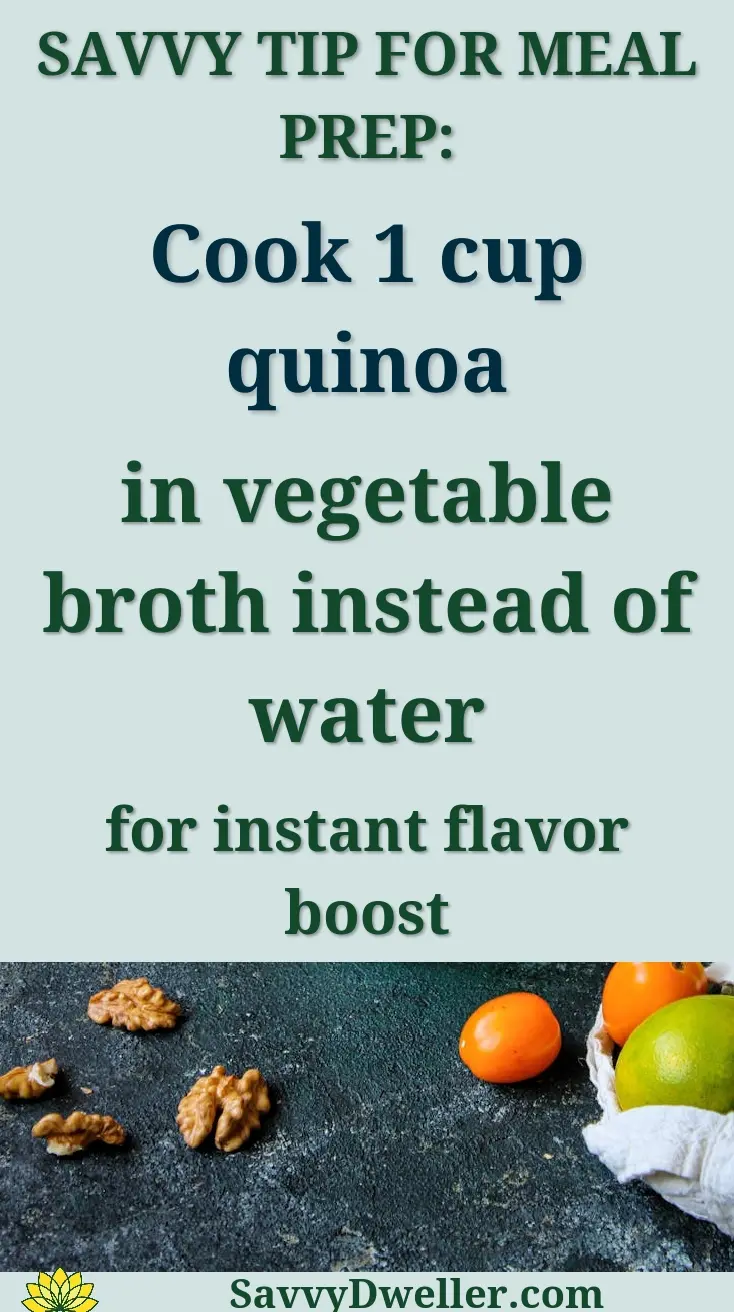
Frequently Asked Questions
What Are the Main Varieties Of Quinoa, and Do They Differ Nutritionally?
White quinoa is the most common variety, with a mild flavor and fluffy texture when cooked, making it ideal for everyday meals. Red quinoa holds its shape better, perfect for salads, while black quinoa has a slightly earthier taste and crunchier texture. Nutritionally, all colors are very similar, offering complete protein and high fiber, though antioxidant levels may vary slightly due to their natural pigments.
Can Quinoa Be Used in Gluten-free Baking or Sweet Dishes?
Absolutely! Quinoa flour is a fantastic gluten-free option for baking-substitute up to half of the all-purpose flour in recipes for muffins, pancakes, or bread. For sweet applications, cooked quinoa can be stirred into puddings, mixed with yogurt and fruit for breakfast bowls, or used in energy bars to add protein and texture without refined sugars.
How Should I Store and Reheat Leftover Quinoa to Maintain Its Quality?
Store cooked quinoa in an airtight container in the refrigerator for up to 5 days. To reheat, sprinkle a tablespoon of water over the quinoa to prevent dryness, then microwave covered for 1-2 minutes or warm it in a skillet over medium heat. Always fluff it with a fork after reheating to restore its light texture and avoid mushiness.
Is Quinoa a Sustainable Crop, and What is Its Environmental Impact?
Quinoa is relatively sustainable, as it thrives in harsh conditions with minimal water compared to grains like rice. However, increased demand has sometimes led to soil depletion and economic challenges for farmers. To make eco-friendly choices, opt for fair-trade or locally grown quinoa when available, and balance it with other whole grains in your diet.
Your Next Steps to Quinoa Success
You now have everything you need to make quinoa a delicious and nutritious part of your daily routine. The key is starting simple – try the basic stovetop method first, then experiment with different cooking techniques as you get comfortable. Remember, that 2-minute rinse makes all the difference between bitter disappointment and fluffy perfection.
Your body will thank you for the complete protein, fiber boost, and heart-healthy nutrients that quinoa provides. Start with just one cup of cooked quinoa this week and notice how satisfied and energized you feel. Whether you’re supporting your fitness goals, managing gluten sensitivity, or simply want to eat better, quinoa delivers results you can actually taste and feel.
Ready to transform more areas of your home and health? Check out Savvy Dwelling for more research-backed solutions that make healthy living simple and sustainable. Try cooking your first perfect batch of quinoa today – your taste buds and your wellness will never look back.

